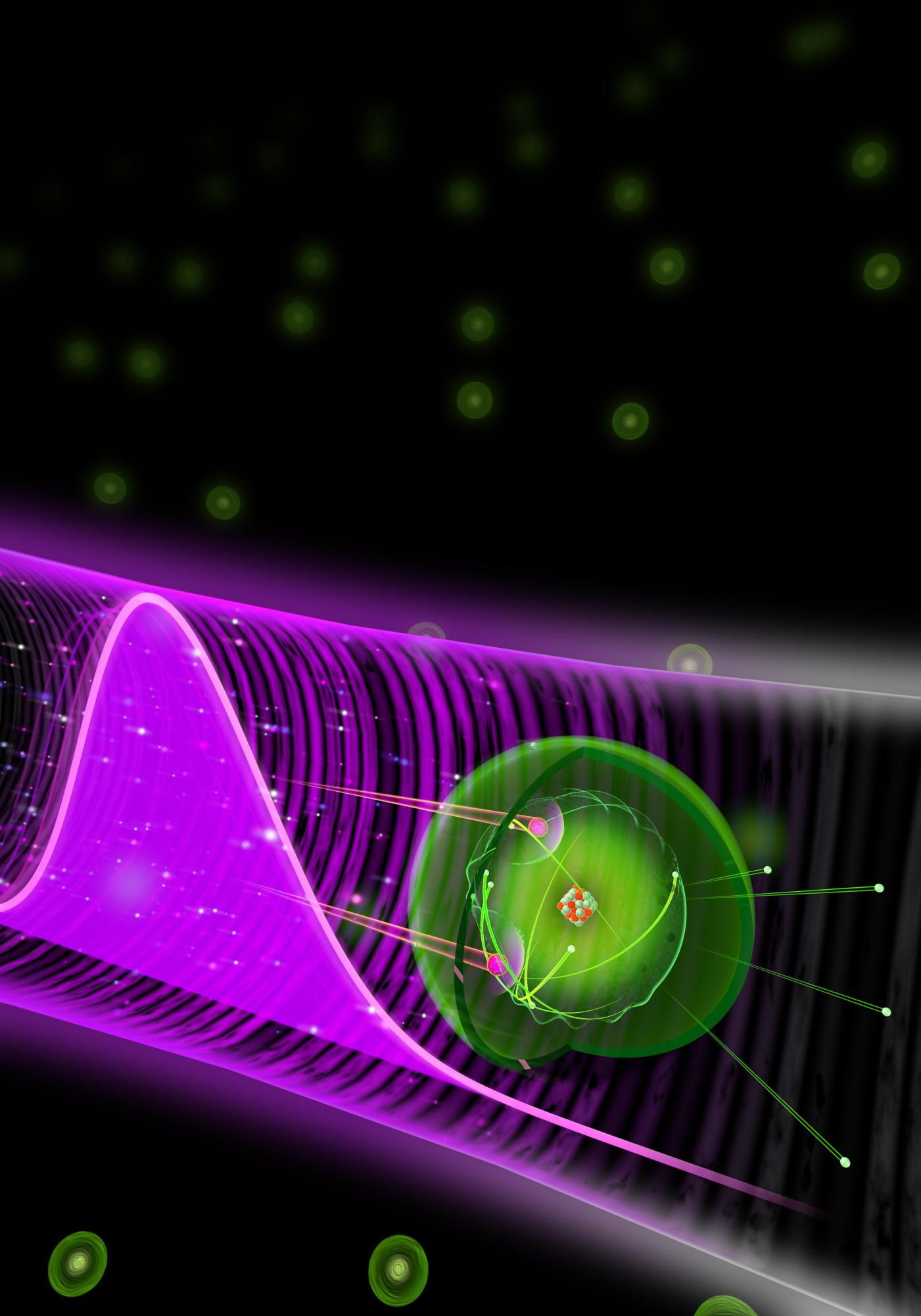Reading this sentence probably took you one second. This one took you another. Blink twice: that’s another two seconds. Keep going, and you’ll be at a minute and soon after that, an hour which turns to days, months, years, a lifetime.
To the average human, seconds are the building blocks of life: one of the smallest units of time that governs our daily activities. But shrink that concept exponentially, and you dive into a world where moments are measured in inconceivably small slices of time, about a billionth of a second.
These units are called attoseconds, and they provide the foundation for particle physics. To put their sheer brevity into perspective, there are as many attoseconds in one second as seconds in the age of the universe.
Take a couple of seconds to register this, and you’ve actually spent billions of billions of attoseconds on the same task.
Just this past year, the Nobel Prize for physics was awarded to Anne L’Huillier, Pierre Agostini, and Ferenc Krausz for their independent research on attoseconds. Essentially, their experiment has produced a method to create incredibly short bursts of light that last only a few tenths of an attosecond, allowing the viewing of electrons changing position, and providing insight and data on the inner functionings inside of atoms and molecules.
To accomplish this, the scientists first began with femtosecond laser pulses, which are extremely short bursts of light lasting 10-15th of a second. Then compressed to even shorter durations, these pulses were then directed through a noble gas, generating extreme ultraviolet pulses which led to the generation of extreme ultraviolet pulses—ultraviolet being an extended wavelength of light with attosecond-level speeds.

This experiment, as shown in Fig. 1, is what Franck Lepine, a physicist who worked with L’Huillier, described to the Associated Press as a “cinema for electrons.” With the attosecond pulses created through this process, scientists are able to delve into the realm of attosecond spectroscopy: a process that can precisely measure electron transitions between energy levels within atoms and molecules.
As you likely know, every piece of matter in the universe is composed of atoms, and those atoms’ electrons are essentially the adhesive that holds them together.
With this in mind, being able to better understand, or even manipulate those electrons, allows for a whole new perspective on material sciences and chemistry. Currently, attosecond research is relatively self-contained; however, in the future, it could, for example, allow computers and the chipsets within them to function at a billion-fold of their current speed, as well as allow for more developed solar cells and light-based energy sources. Moreover, the short wavelength of attosecond pulses can be applied to circuit manufacturing, which can boost the production of the semiconductor industry.
As Eva Olsson, Chair of the Nobel Committee for Physics, puts it: “We can now open the door to the world of electrons. Attosecond physics gives us the opportunity to understand mechanisms that are governed by electrons. The next step will be utilizing them.”
While the field of attophysics remains relatively young, with researchers like the laureates for the Nobel prize in physics, the field may soon prove revolutionary. So though our world is wired in minutes and seconds, attoseconds may well rewire it.

